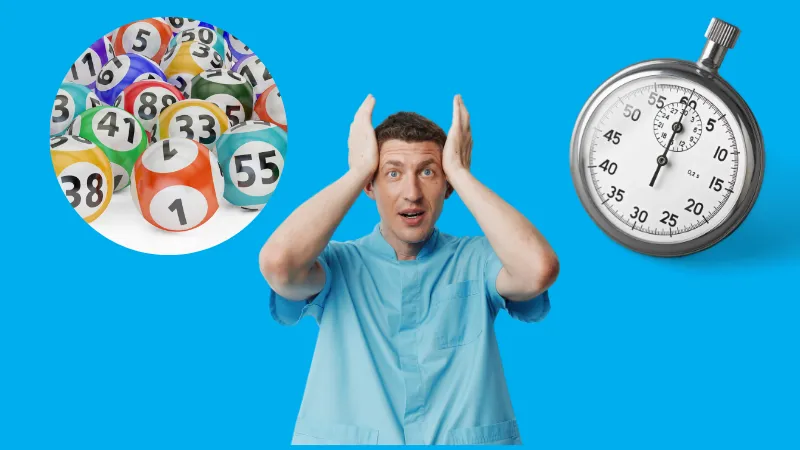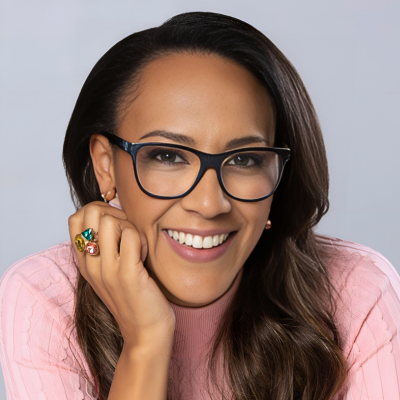
The Australian Points System Isn’t What You Think: What Really Impacts Whether You Get Invited
The Australian Points System Isn’t What You Think: What Really Impacts Whether You Get Invited
When nurses think about migrating to Australia independently, most focus on one thing: getting more points.
They chase extra qualifications, English test upgrades, partner points — all assuming that if their points are high enough, an invitation to apply will magically follow.
But here’s the truth: the Australian points system doesn’t work like that.
Let’s bust the myth and explain what really influences whether you get an invitation to apply for a skilled visa.
📈 Higher Points Help — But They Don’t Guarantee an Invitation
Points matter. But they are not the whole story.
Every year, thousands of nurses with high points sit in the Expression of Interest (EOI) queue — and don’t get invited.
Why? Because it’s not just about how many points you have.
The Department of Home Affairs allocates invitations based on many factors, including:
State and territory priorities (which can change often)
Occupation ceilings (how many spots are available for each job)
Program size and processing capacity
Demand from specific regions (some prefer regional placements)
You could have 85 points but still not get invited if your occupation isn’t being actively targeted or if the quotas have been used up.
🔹 Timing and Strategy Are Critical
Many nurses waste months thinking they’re in the queue — when actually, they’re sitting on a dead-end EOI with no realistic chance of selection.
What makes the difference? Strategy.
At SOLVi Migration, we help nurses:
Identify which states are currently sponsoring nurses (and which aren’t)
Track program updates that affect invitation patterns
Choose whether to pursue Subclass 189, 190, 491, or employer sponsorship based on real-time opportunities
Prepare compliant EOIs that actually match state criteria
Migration is not just about points — it’s about being in the right place, at the right time, with the right paperwork.
🔹 The Hidden Risk: Incorrect Documentation
Most people don’t realise this: when you submit your Expression of Interest (EOI), no one checks your documents at that stage.
You could lodge an EOI with the wrong evidence, an incorrect skills assessment, or false assumptions about your eligibility — and still get an invitation.
But here’s the danger: If you receive a nomination and submit your visa application based on incorrect evidence, your visa can be refused.
🔴 There’s no fix.
🔴 There’s no refund.
🔴 There’s no appeal.
You must have the correct evidence at the time you lodge your EOI. It cannot be fixed later. This is one of the most common mistakes we see when people try to DIY the process.
🔹 Skills Assessments Must Be Done Correctly
It’s not enough to just have a skills assessment. It must be prepared correctly for points-based migration.
Your skills assessment must:
Match the right occupation code for your clinical experience
Align with your EOI claims
Be properly documented to withstand visa assessment scrutiny
We’ve seen cases where people assumed their skills assessment was sufficient, only to later face a refusal because the evidence didn’t actually meet the requirements for claiming points.
🔹 Your Partner’s Details Can Make or Break Your Application
If you’re including a partner, their situation matters.
Your partner’s English level, their skills assessment, and their age all impact:
The points you can claim
Whether a state will consider you for nomination
How competitive your application is
For example, some states like Queensland won’t nominate couples unless both partners have proficient English.
Having a skilled partner with proficient or superior English often gives you a huge competitive edge.
🔹 Age Impacts Strategy
The older you are, the fewer points you have — and the harder you need to work to remain competitive.
If you’re close to age cut-offs, you may need to:
Improve your English score to gain extra points
Consider adding a partner skills assessment
Explore alternative pathways like employer sponsorship
🔹 Nomination Rounds Aren’t Regular or Predictable
Nominations don’t run on a strict schedule.
The federal and state governments run independent nomination rounds.
Each state can make its own additional rules on top of the national requirements.
Some states only nominate applicants with a minimum number of points or specific partner requirements.
It’s not a queue system and it’s certainly not a visa lottery.
Someone who submits a well-prepared, strategically aligned EOI two days before a round can be selected over someone who has been waiting for 18 months with a poorly prepared application.
👤 Real Example: A Costly DIY Mistake
We recently spoke with a couple who had been preparing their own application for over a year. They submitted an EOI and thought they were just waiting for an invitation.
But when we reviewed their case, we found their skills assessment didn’t meet the requirements for the visa they were targeting. If they had been invited and lodged their visa, they would have received a visa refusal — with no appeal, no refund, and months of wasted effort.
This happens far too often when people self-navigate and don’t understand the technical differences between skills assessments, registration, and migration evidence.
🔹 Key Takeaway: This Is Not a Game
✅ Points alone aren’t enough.
✅ Timing, documentation, partner details, and real-time nomination strategies are critical.
✅ You must have the correct evidence at the time you lodge your EOI.
✅ Migration is complex, technical, and unforgiving — get it wrong and you can lose everything.
📍 Ready to Get This Right?
At SOLVi Migration, we help nurses avoid the heartbreak of a refused visa by getting the legal foundations right — from day one.
🔗 Book a consultation now at to get a tailored migration strategy that’s built around your goals.

🧑🏾⚕️👩🏻⚕️Still working on your AHPRA registration?
Our Nurse Registration Course can help you get it done the right way for just $199 AUD (limited time).








